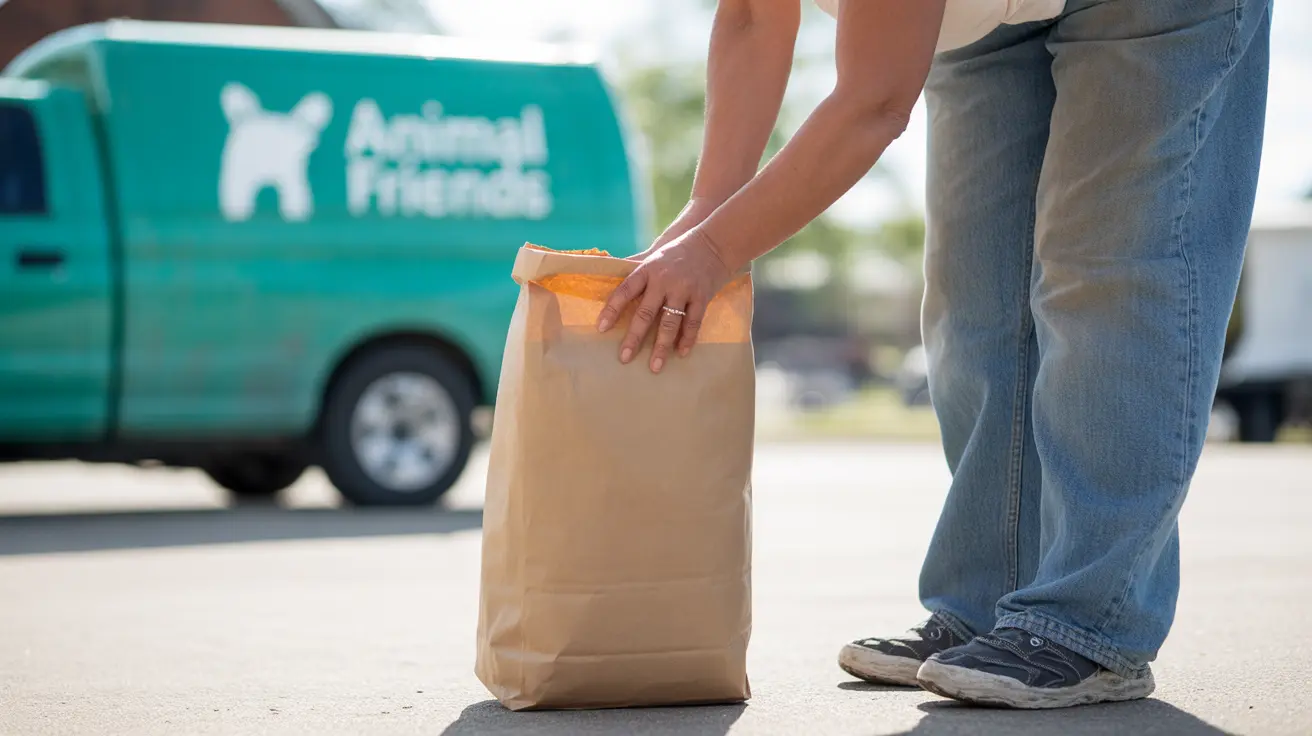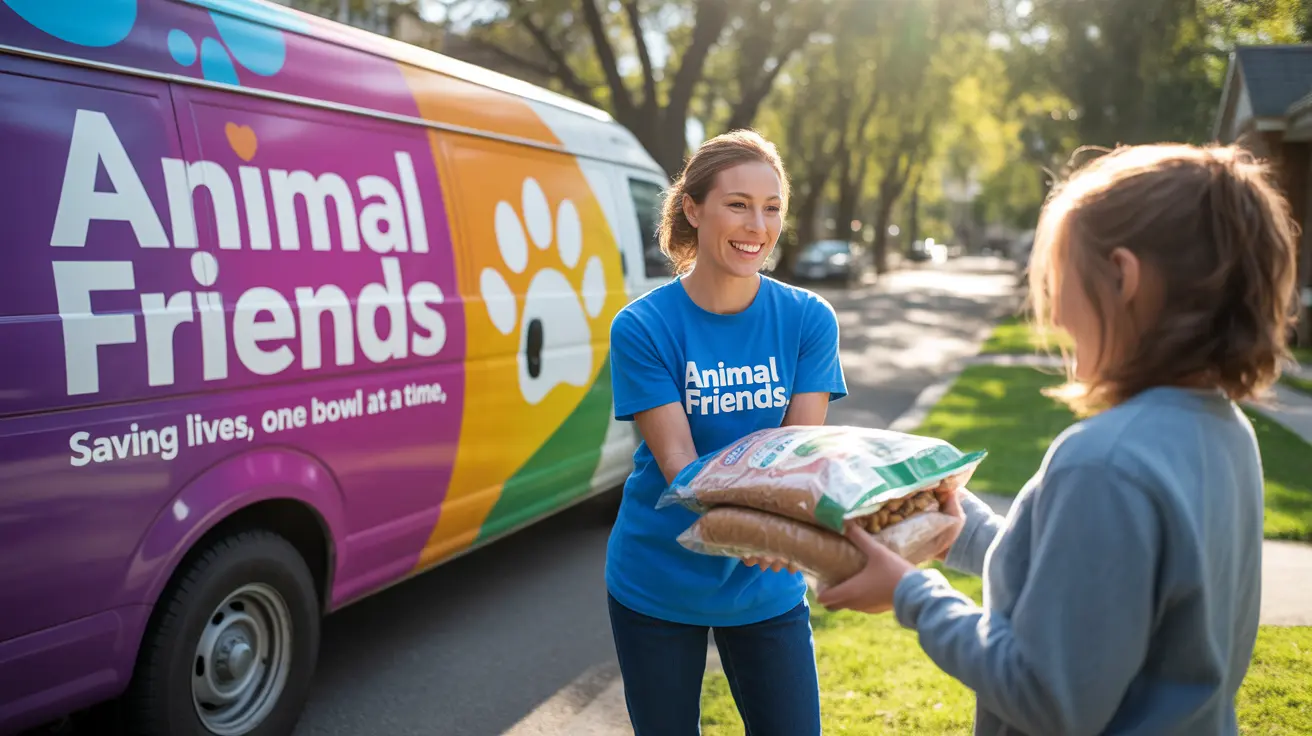How to Explain the Rainbow Bridge to a Child
Explaining the death of a pet to a child is one of the gentlest yet most profound challenges a parent or caregiver may face. For many young ones, losing a pet is their first brush with the concept of mortality. One popular tool to comfort children is the story of the Rainbow Bridge — a symbolic, comforting explanation that illustrates a peaceful afterlife for animals.
What Is the Rainbow Bridge?
The Rainbow Bridge is a fictional story meant to ease the pain of losing a beloved animal. It paints a gentle picture of a lush, vibrant meadow where pets go after they die. They are healthy, happy, and play freely while waiting to reunite with the humans they loved in life.
Though it is not rooted in any specific religion or belief system, the story resonates deeply with children and adults alike, offering hope and comfort after a loss.
Why the Rainbow Bridge Helps Children Cope
According to child development research, children understand death differently based on their age:
- Ages 3–5: Often see death as temporary or reversible.
- Ages 6–8: Begin to understand death as final, but may struggle with the concept emotionally.
- Age 9 and up: Fully grasp that death is permanent and universal.
Introducing the Rainbow Bridge gives children a way to express their emotions and imagine a safe, comforting continuation for their lost pet. It does not have to replace family beliefs but can coexist with them as a coping narrative.
How to Explain It
When talking to your child about the death of a pet and the Rainbow Bridge story, consider the following steps:
- Choose the Right Time: Share the story in a quiet, familiar setting, when your child is calm and open to a conversation.
- Use Simple Language: Explain calmly and directly. For example: "Our pet isn’t with us anymore. He died, and we’ll miss him very much. Some people believe that pets go to a peaceful place called the Rainbow Bridge."
- Reassure Their Feelings: Allow your child to cry, ask questions, or remain quiet. Let them process the information in their own way.
- Connect It to Your Beliefs: You can adapt the Rainbow Bridge story to align with your family's spiritual or philosophical beliefs.
- Repeat as Needed: Younger children may need to hear the story multiple times to understand and internalize it.
Responding to Questions
Children will often have questions such as:
- "Will I ever see my pet again?"
- "Is my pet happy now?"
- "Why did my pet die?"
Respond with honesty while keeping your explanations grounded in love and simplicity: "No one knows for sure, but I like to think your pet is somewhere peaceful, playing and waiting for you in a place like the Rainbow Bridge." Reiterate that the pet is no longer in pain and that it's okay to miss them and feel sad.
Activities to Help Children Cope
Helping children cope doesn’t end with explanation alone. Here are activities that support their grieving process:
- Draw the Rainbow Bridge: Encourage your child to draw what they imagine it looks like and what their pet is doing there.
- Write a Letter: Invite them to write a letter to their pet, saying goodbye or sharing memories.
- Create a Memorial: Plant a flower, decorate a memory box, or frame photos.
- Story Time: Read age-appropriate books on pet loss, such as Badger's Parting Gifts or The Tenth Good Thing About Barney.
What to Avoid
While the Rainbow Bridge can be a powerful tool, it's important not to mislead a child unintentionally. Avoid euphemisms that may confuse them, like saying the pet is “sleeping” or “went away.” These terms can create fear or false hope. Instead, combine the comforting story of the Rainbow Bridge with gentle honesty, clearly stating that the pet has died.
Knowing When More Help Is Needed
All children grieve differently. Some may be emotional, others quiet and reflective. If your child shows signs of prolonged grief — such as persistent sadness, difficulty functioning, nightmares, or behavioral changes — consider speaking with a child therapist experienced in grief counseling.
Conclusion
The Rainbow Bridge can be an invaluable story to help young hearts deal with the loss of a furry friend. By combining honesty, empathy, and creative expression, you can help your child begin the healing process and find comfort in the enduring love they shared with their pet.





